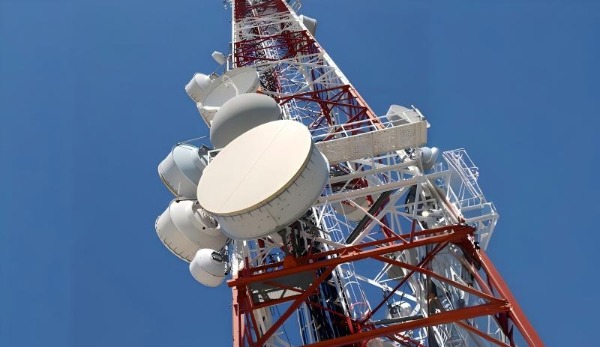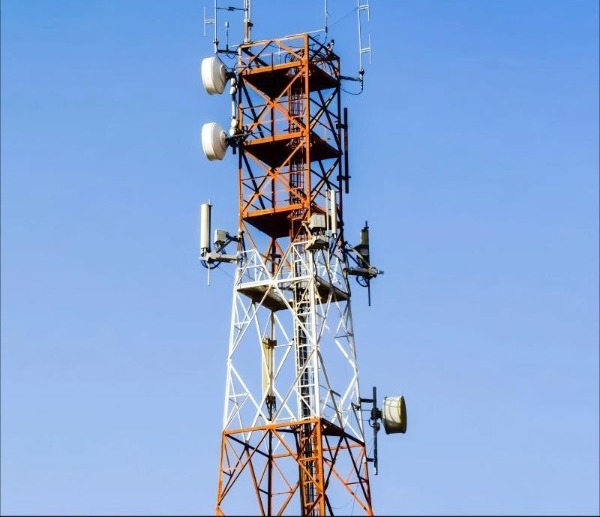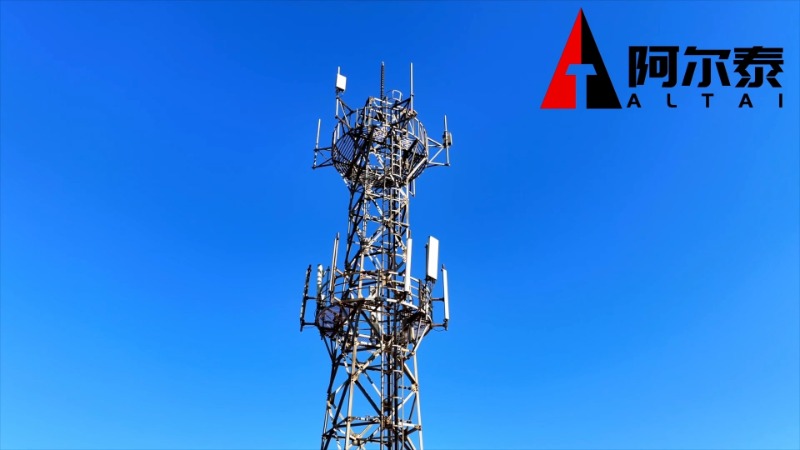The rollout of 5G networks is reshaping global connectivity, demanding faster deployment, denser infrastructure, and unprecedented scalability. Traditional telecom towers, often plagued by lengthy construction timelines and rigid designs, struggle to keep pace. Enter modular angle steel towers—a game-changing innovation engineered to meet 5G's challenges head-on. By combining prefabricated precision with adaptable architecture, these towers are redefining what's possible in telecom infrastructure. Let's explore how their speed, flexibility, and future-proofing capabilities make them the ideal choice for the 5G era.

The Problem:
5G networks require up to 10x more base stations than 4G to achieve seamless coverage, especially for high-frequency mmWave bands. Delays in tower construction can derail rollout schedules and revenue targets.
The Modular Advantage:
Prefabricated Components: Towers are manufactured off-site in standardized modules, slashing on-site assembly time by 30–50%.
Plug-and-Play Assembly: Bolt-together connections eliminate complex welding, enabling rapid installation even in remote or congested urban areas.
Case Study: A telecom operator in Germany deployed 200 modular towers in 6 months—a feat unachievable with conventional methods.
Key Takeaway: Modular design turns months of construction into weeks, ensuring 5G networks go live faster.
The Problem:
5G's requirements vary wildly—from dense urban small cells to rural macro towers. Legacy structures often lack the agility to adapt.
The Modular Advantage:
Scalable Height and Load: Easily add or remove sections to adjust tower height (e.g., from 30m to 60m) or accommodate new antenna arrays.
Multi-Operator Sharing: Modular frameworks simplify adding platforms for multiple carriers, avoiding costly overbuilding.
Terrain Versatility: Lightweight modules can be transported via helicopter or small trucks to mountainous or forested regions.
Real-World Example: In India, a single modular tower in Mumbai supports 3 operators, 12 antennas, and IoT sensors—all added incrementally without downtime.

The Problem:
6G, AI-driven networks, and terahertz frequencies loom on the horizon. Infrastructure must evolve without requiring total rebuilds.
The Modular Advantage:
Tech-Agnostic Design: Modular towers seamlessly integrate emerging hardware like massive MIMO panels, mmWave radios, or even satellite uplinks.
IoT-Ready Infrastructure: Built-in cable trays, power conduits, and sensor mounts simplify retrofitting smart monitoring systems.
Sustainable Upgrades: Replace individual aging modules instead of demolishing entire towers, cutting lifecycle costs by 40%.
Expert Insight: "Modularity isn't just about 5G—it's about creating a framework that absorbs future innovations," says Dr. Elena Torres, a telecom infrastructure strategist.
Reduced Waste: Precision manufacturing minimizes material overuse.
Lower Carbon Footprint: Fewer trucks and shorter construction times mean fewer emissions.
Reusable Modules: Decommissioned sections can be repurposed for new projects.
